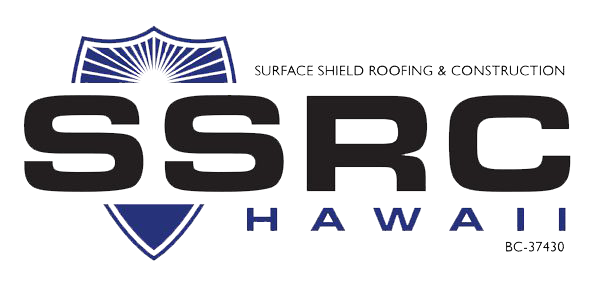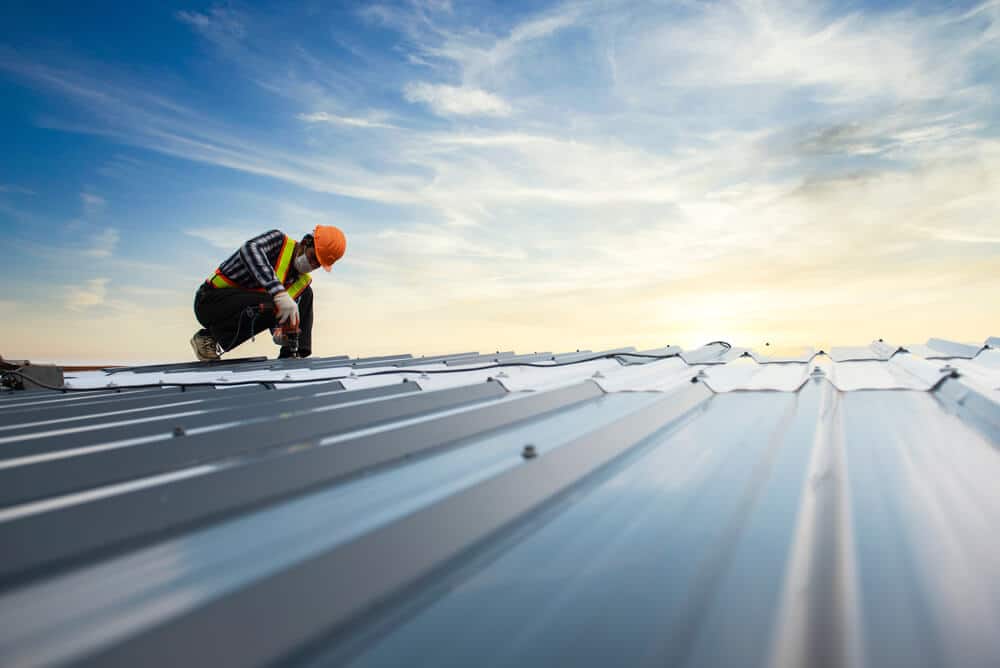Recognizing the Various Kinds Of Roofings: A Comprehensive Guide for Homeowners
In the realm of homeownership, choosing the appropriate roof design is a choice that carries considerable implications for both performance and visual allure. With a selection of alternatives-- varying from the standard gable to the contemporary level-- each kind offers distinct benefits and difficulties that need to align with the property owner's environmental considerations and details needs. Recognizing these distinctions not just help in making an enlightened option yet also influences long-lasting upkeep and power performance. As we check out the intricacies of numerous roof covering kinds, it becomes obvious that dimension does not fit all; the best selection might amaze you.
Gable Roof Coverings
Saddleback roofs, defined by their triangular shape, are among one of the most popular roof covering styles as a result of their simplicity and performance in shedding water and snow. This design includes 2 sloping sides that fulfill at a ridge, enabling reliable drainage and decreasing the risk of water build-up. The high pitch commonly connected with gable roofs improves their capacity to handle heavy rainfall, making them ideal for numerous climates.
Along with their functional advantages, saddleback roofs use visual flexibility. They can be adapted to different building styles, from typical to modern homes. The design can likewise fit added attributes such as dormer windows, which enhance natural light and ventilation in the attic area.
Furthermore, gable roofing systems supply enough space for insulation, adding to energy efficiency. House owners can pick from a selection of roof covering products, consisting of asphalt tiles, steel, and floor tiles, additionally boosting modification alternatives.
Regardless of their benefits, saddleback roofs might call for extra support in areas prone to high winds or heavy snowfall. Overall, the gable roof remains a popular selection as a result of its mix of performance, toughness, and aesthetic charm.
Flat Roofs
Flat roof coverings are usually identified for their minimal design and useful applications, especially in industrial and commercial setups (oahu roofing). These roofings feature a nearly straight or horizontal surface, which permits for simple building and versatile room use. While they may do not have the aesthetic appeal of pitched roof coverings, flat roofs supply many advantages, specifically in metropolitan settings where optimizing area is crucial
Among the primary advantages of flat roofings is their ease of access. Homeowners can use the roof area for numerous purposes, such as rooftop yards, terraces, or photovoltaic panel installations. In addition, flat roofings are generally extra affordable to mount and maintain compared to their sloped equivalents, as they require fewer products and labor.
However, flat roof coverings do present specific obstacles. Proper drain is vital to avoid water merging, which can bring about leaks and structural damages. Therefore, choosing top notch waterproofing products and normal inspections are important for making certain longevity. Typical materials used for flat roof coverings include built-up roof (BUR), changed asphalt, and single-ply membranes, each offering unique advantages. Overall, flat roofing systems work as a versatile and useful selection for many property owners and companies alike.
Hip Roofs
Hip roofs are identified by their sloped sides that merge on top, developing a ridge. This style is unique from saddleback roofs, as all four sides of a hip roof incline downwards toward the walls, providing an extra steady structure. The angle of the inclines can differ, enabling adaptability in architectural aesthetic appeals and performance.
One of the key advantages of hip roofs is their capacity to stand up to heavy winds and adverse climate condition. The sloped surface areas allow better water drain, minimizing the danger of leakages and water damage. In addition, hip roofings provide raised attic space, which can be used for storage and even exchanged livable areas.
However, constructing a hip roof can be extra costly and complex than less complex roofing types, such as saddleback roofs. The added material and labor included in producing the slopes and making certain appropriate architectural stability can cause greater costs. Regardless of these drawbacks, many house owners favor hip roofs for their resilience, aesthetic charm, and capacity for energy efficiency.
Mansard Roofing Systems
Mansard roof coverings, usually acknowledged by their one-of-a-kind four-sided design, attribute two slopes on each side, with the lower slope being steeper best site than the top. This building design, stemming from France in the 17th century, is not just cosmetically enticing yet useful, as it takes full advantage of the functional area in the upper floors of a structure. The high lower incline enables even more clearance, making it an ideal selection for lofts or attic rooms, which can be exchanged living rooms.
Mansard roof coverings are identified by their versatility, fitting numerous building styles, from traditional to contemporary. They can be constructed with various products, consisting of asphalt roof shingles, slate, or steel, providing homeowners with a variety of options to match their choices and budget plans. Furthermore, the style enables for the combination of dormer home windows, enhancing natural light and air flow in the top degrees.
However, it is vital to take into consideration the potential disadvantages. Mansard roofs might call for even more maintenance because of the complexity of their style, and their high inclines can be testing for snow and rain overflow. Generally, mansard roofing systems combine style with functionality, making them a prominent option among homeowners looking for distinctive building functions.
Shed Roofing Systems
As property owners progressively seek simplicity and capability in their architectural designs, shed roofings have arised as a preferred choice. Defined by a solitary sloping plane, a shed roof covering presents a minimalist aesthetic that enhances numerous home styles, from contemporary to rustic.
Among the primary advantages of a shed roof is its uncomplicated building and construction, which frequently converts to lower labor and material prices. This design enables effective water drain, minimizing the risk of leaks and water damage. Furthermore, the vertical slope gives sufficient area for skylights, enhancing all-natural light within the inside.
Shed roof coverings additionally offer flexibility in regards to usage. They can be effectively integrated right you can look here into enhancements, garages, or outdoor structures like sheds and pavilions. Moreover, this roofing system design can suit different roof covering materials, including metal, asphalt shingles, or perhaps eco-friendly roofing systems, aligning with environment-friendly campaigns.
Nonetheless, it is important to consider local environment problems, as heavy snow lots may demand changes to the roofing system's angle or structure. In general, shed roofing systems present a functional and visually pleasing alternative for homeowners looking to take full advantage of capability without compromising style.
Verdict


Gable roofings, identified by their triangular shape, are among the most preferred roof styles due to their simplicity and performance in losing water and snow. oahu roofing. The steep pitch generally connected with gable roof coverings improves their capacity to take care of hefty rainfall, making them suitable for different climates
While they may lack the visual charm of pitched roofing systems, level roofs supply many advantages, specifically in metropolitan environments where making best use of room is vital.

Comments on “Roofing Oahu: Top Quality Solutions for Long Lasting Roofs in Oahu”